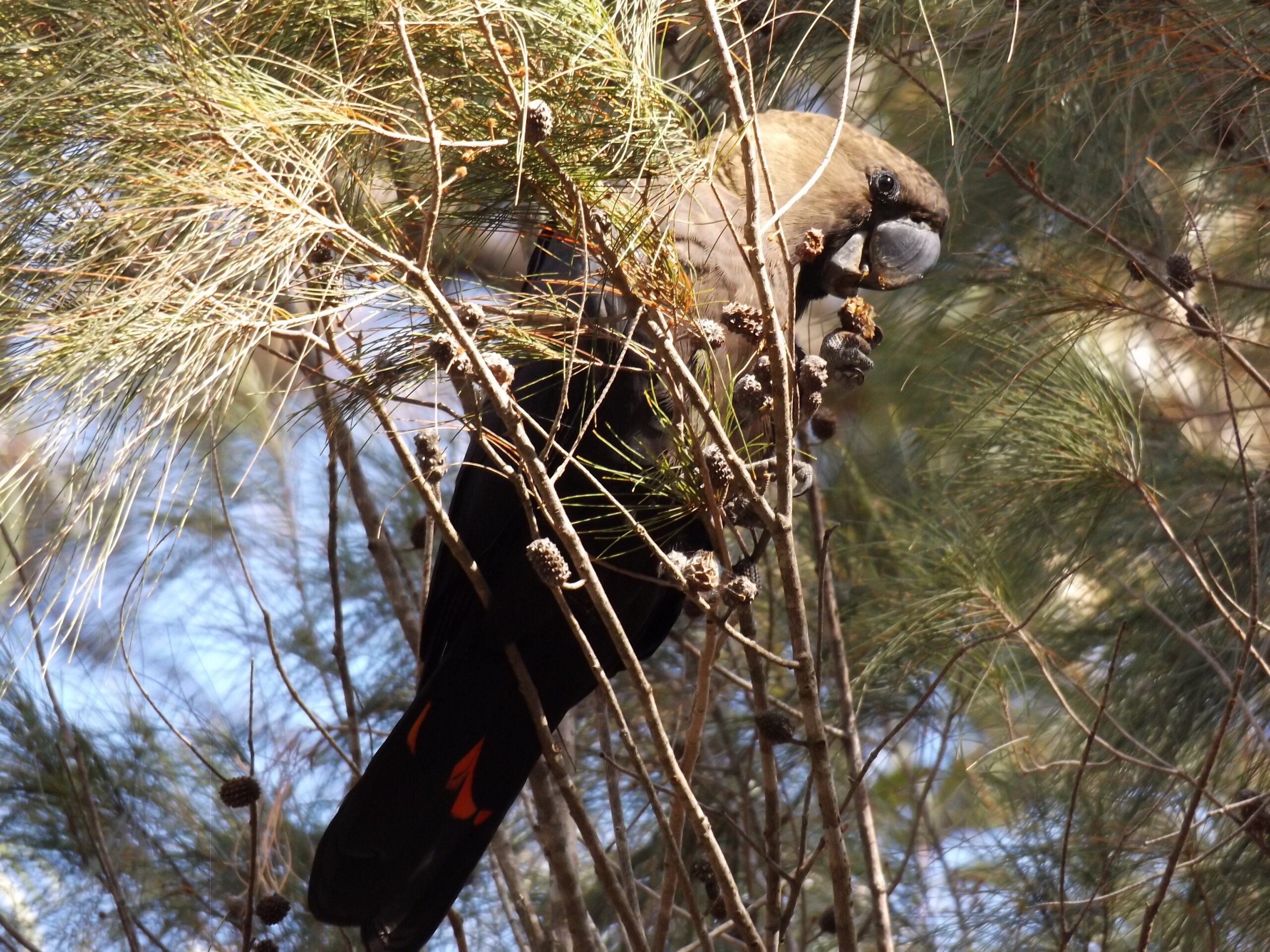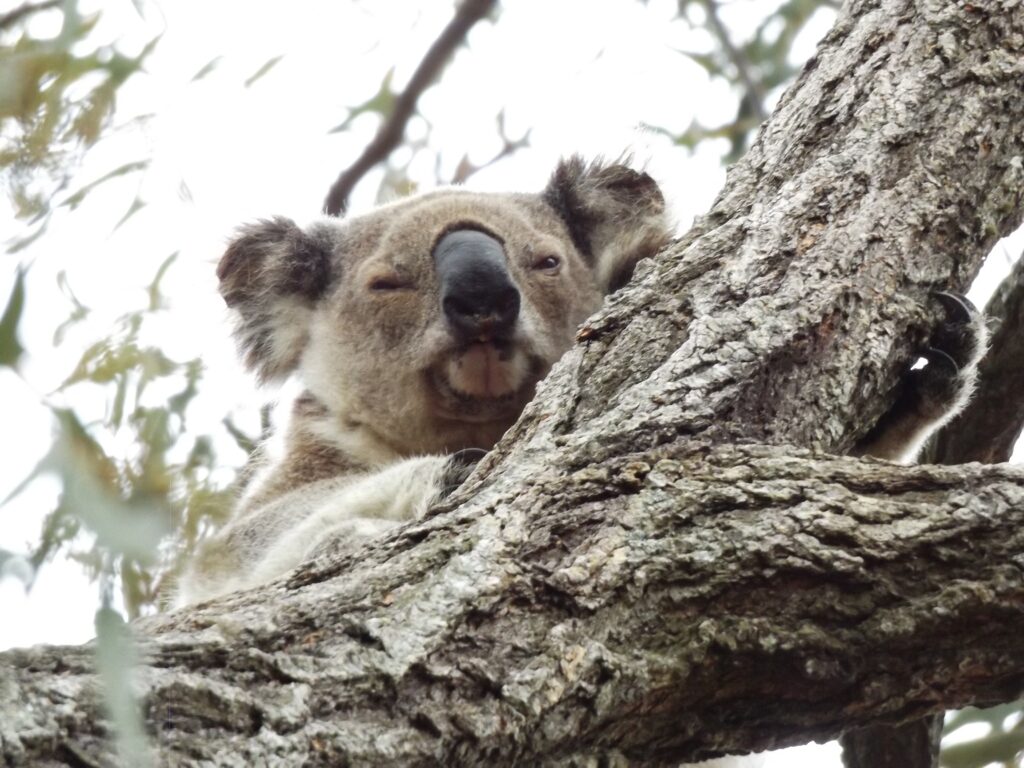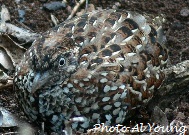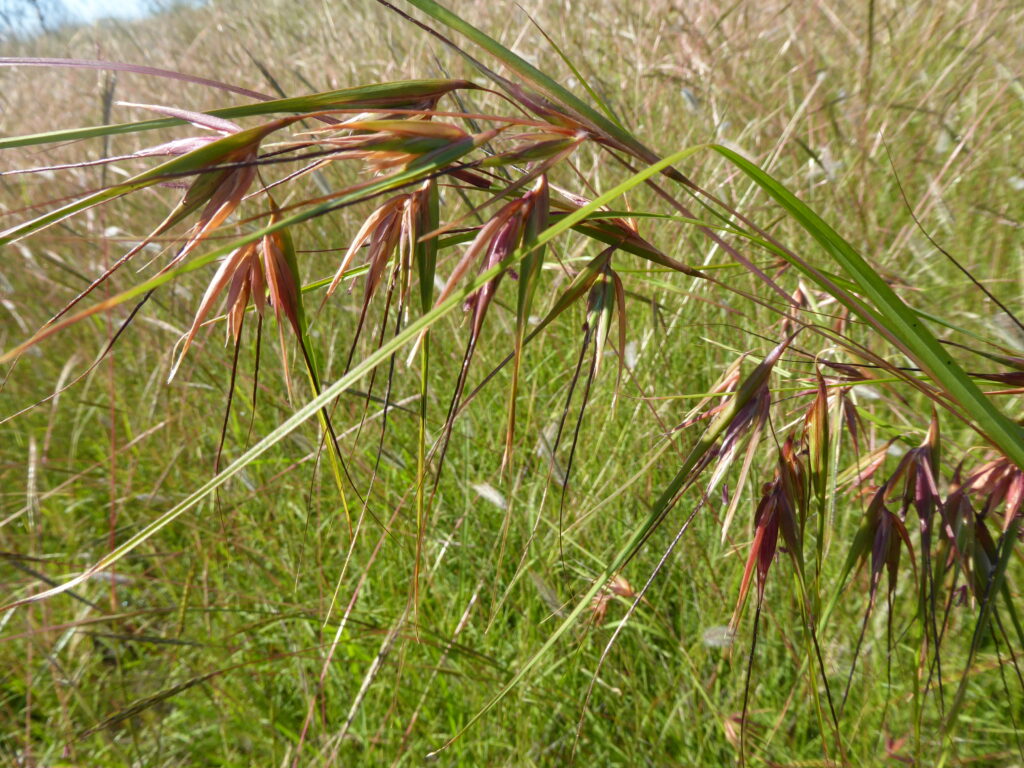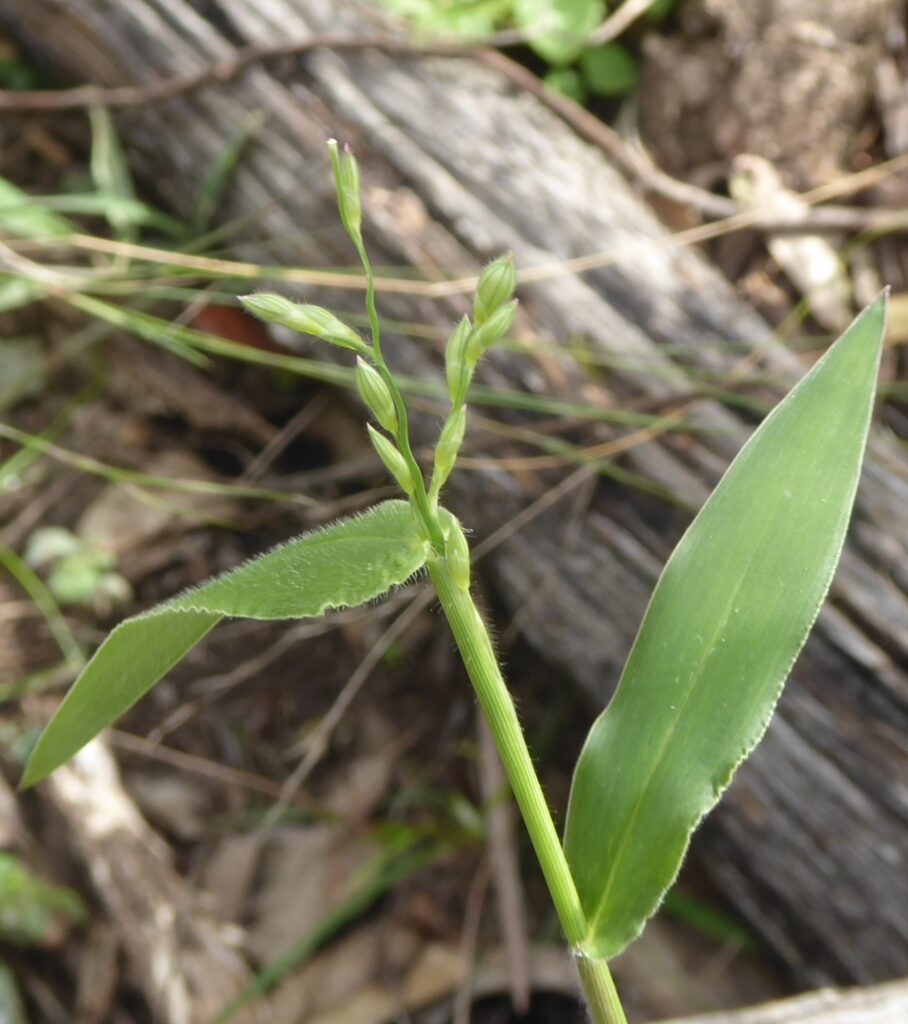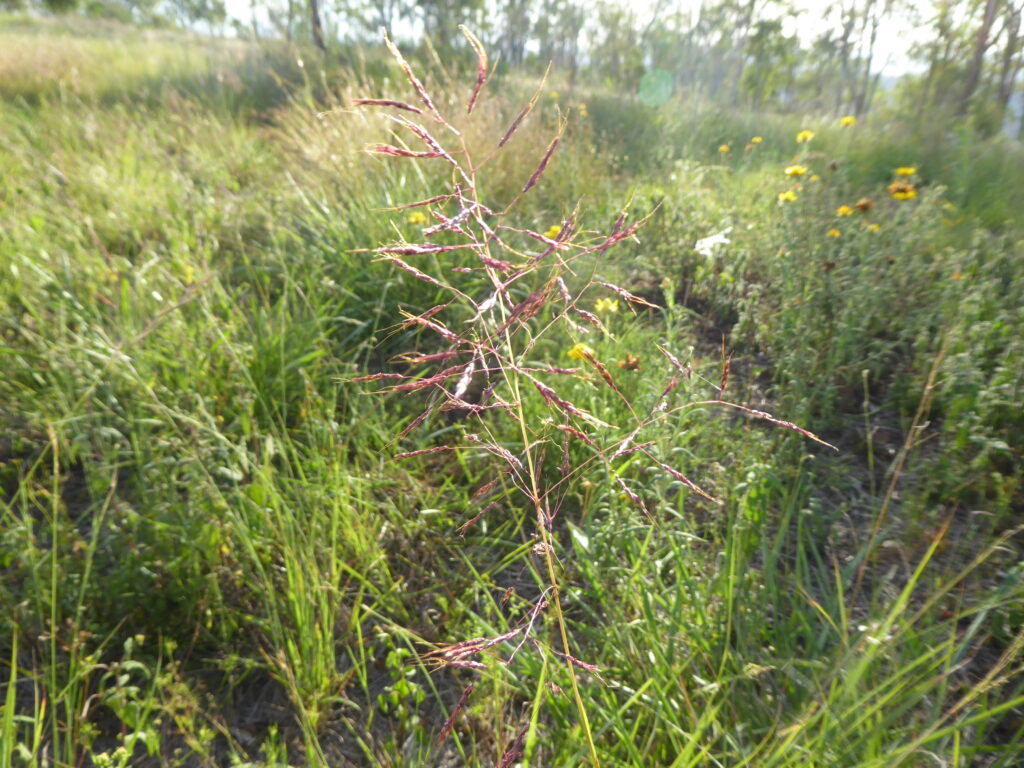Koala Climate Corridors project
The Koala Climate Corridors project is supported by the Great Eastern Ranges and International Fund for Animal Welfare. The project goal is to establish a landscape scale habitat corridor along the ‘western horn’ of the Greater Border Ranges between the Bunya Mountains and Main Range National Park to help koalas, rainbow bee-eaters and other wildlife to adapt to climate change by providing them with safe spaces to move as conditions and food sources shift.
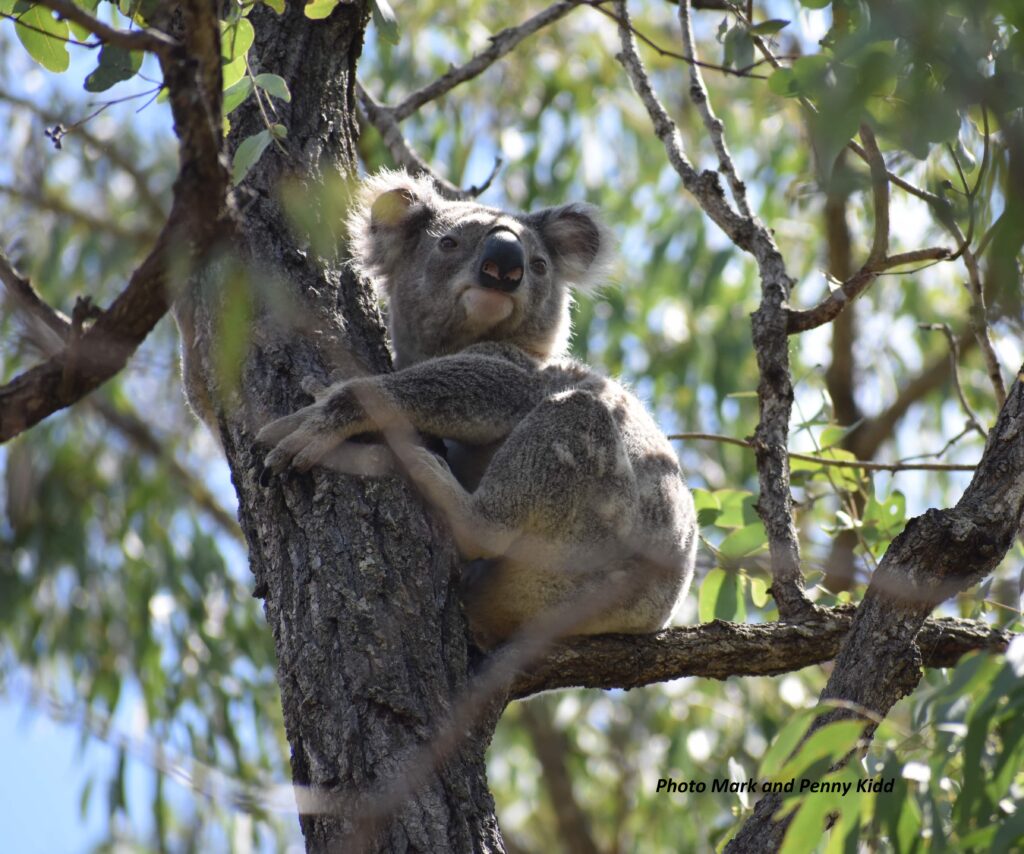
LUCI, as a Great Eastern Ranges (GER) regional partner, is tasked with the implementation of the project from the Bunyas to the Border. The project was launched in the Lockyer on 22nd July 2023 by Gary Howling (CEO, GER) at a workshop convened by LUCI and involving 34 participants representing stakeholders from across the corridor, from Crows Nest to Boonah and in between. Outputs from the workshop will determine the priority sites for conservation action under the project.
Target species for conservation attention under the project include, in addition to Koala, bird species such as the Rainbow Bee-eater, Glossy Black Cockatoo, Painted Button-quail, Speckled Warbler and mammals such as the Greater Glider, Brush-tailed Rock Wallaby and the Grey-headed Flying Fox. Project activities to reconnect and regenerate habitat in the corridor will include planting of food and habitat trees, nest box installation for a group of target species, enhancement of riparian corridors, citizen science and community education.
A workplan will be available by end of August 2023 and for information relating to the project contact Justice Rice, Project Coordinator at justine@lockyeruplandscatchmentsinc.org.au
Lockyer Uplands Bird Survey Project
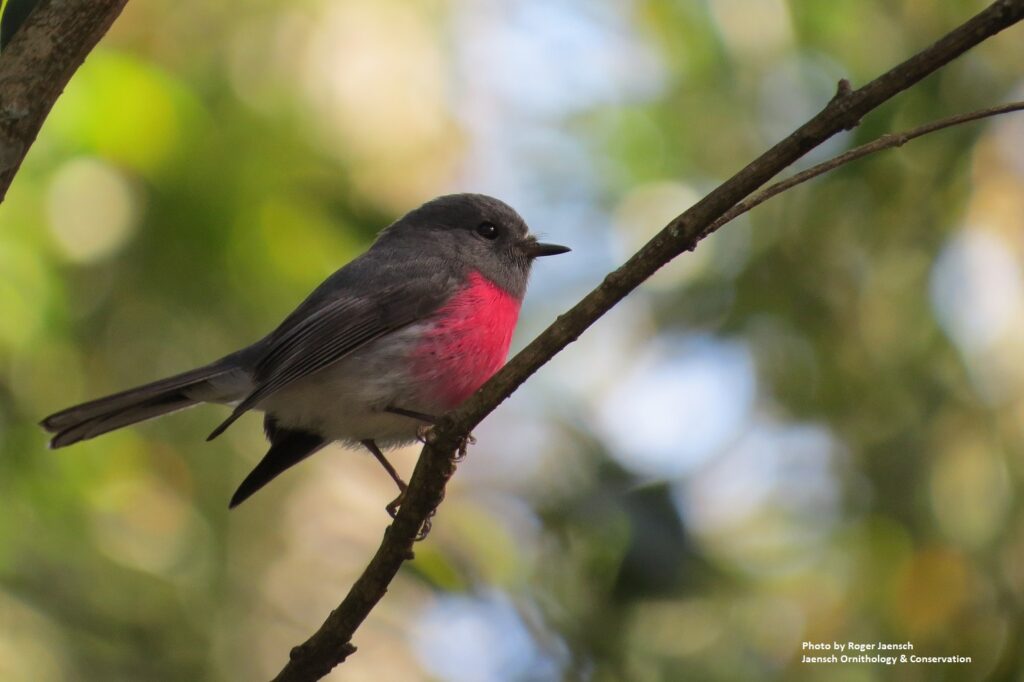
In November 2020, LUCI member, Roger Jaensch (Jaensch Ornithology & Conservation), commenced a baseline survey of bird presence on thirteen private properties in the Lockyer Uplands landscape of interest. At mid-2023, the number of properties now involved is over 20 with Roger completing seasonal surveys on each property. To date, Roger has recorded over 135 bird species, which he says “is impressive given the habitats are primarily woodland and so we cannot expect many waterbird species.”
Recorded species include Rose Robin Petroica rosea, Rose-crowned Fruit-dove, White-eared Monarch, seven species of cuckoo, Cicadabird Edolisoma tenuirostris, Mistletoebird Dicaeum hirundinaceum, Scarlet Honeyeater Myzomela sanguinolenta and and various other species of Honeyeaters, Fairy wrens, Pardalotes, Thornbills, to name a few. Roger observed the presence of ‘platelets’ on a couple of the properties, telltale foraging signs of Button-quail, and later camera trapping confirmed the presence of the the Black-breasted Button-quail Turnix melanogaster on at least one of the properties in the sample.
The aim of the project is to ‘map’ the presence and distribution of bird species at a regional scale, identify type of habitat used by the various (predominantly woodland) species and consider how this information can assist in landholders’ habitat conservation efforts. A steering committee has been convened to guide the project and a conservation action plan has been drafted.
Glossy Black Cockatoo Feed Tree Project
LUCI has identified the Glossy Black Cockatoo (GBC) as a target species for conservation management in the Lockyer Uplands landscape. Listed as a vulnerable species in Queensland and New South Wales, LUCI’s ongoing GBC survey work has established that GBCs regularly feed in our local landscape on, predominantly, Allocasuarina torulosa and littoralis.
The GBC surveying work in the Lockyer Uplands began in 2015 and established evidence of GBCs feeding in the landscape on ten sites across the twenty-one participating properties. The project collected preliminary information on GBC feed trees (Allocasuarina species) and GBC habitat features (e.g. water sources and tree hollows) on the properties.
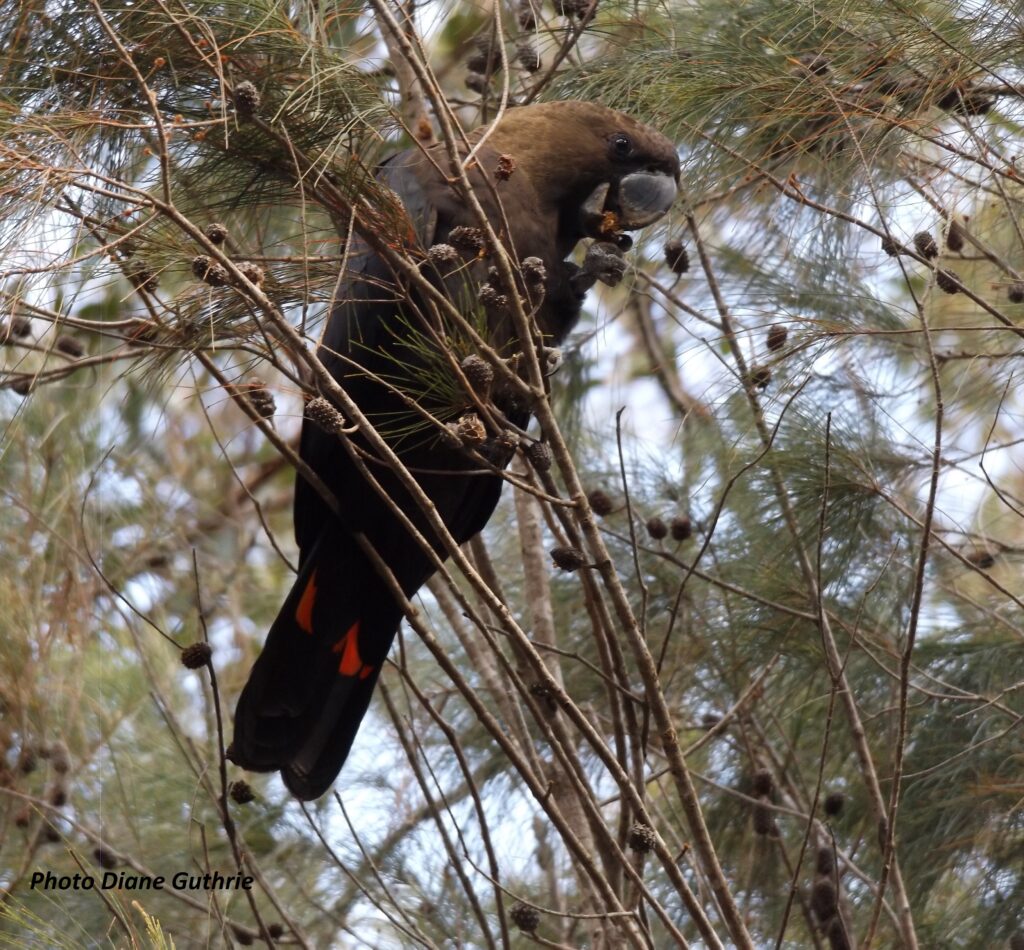
The surveying project moved into a second phase in 2017 as a five year project focusing on questions relating to the phenology of GBC feed trees and usage of feed trees. LUCI’s project team was mentored by Dr Guy Castley, Griffith University, and the project was supported by Lockyer Valley Regional Council’s Community Environment Grants program. Transect surveying was undertaken on a six-monthly basis on six private properties and a local conservation park and involved monitoring feed tree variables such as size, sex, flower/pollen and cone density as well as the presence of orts (cone chewings which are evidence of GBC feeding). The project provided information relating to a number of questions such as what is the GBC’s preferred feed tree species in the local area, how is age and cone abundance related to desirability of seed, which trees are being used from one year to the next, is a feed tree always a feed tree.
Data was analysed annually and cumulatively. Over 400 ort sites were recorded in the study transects between 2017-2020 from the sample of tagged trees (approximately 672 trees) and there were over 30 random sightings of GBCs across the participating properties. Three and a half years into the study coinciding with a severe and prolonged drought, data revealed an alarming die-off rate in the GBC’s preferred feed tree species, Allocasuarina littoralis. This finding led project participants to redirect the focus of the project to studying, in the existing transects, the recruitment of she-oaks following an extreme weather event (e.g. drought).
For more information on GBCs visit Atlas of Living Australia, or the Glossy Black Conservancy and submit your sightings.
Koala monitoring
A number of LUCI members have reported sightings of koalas on their properties or in the local landscape. In 2018, LUCI began a program of koala scat walks on members’ properties, collecting and logging scat specimens for verification as koala scat by an ecologist and registration with WildNet. Now, LUCI’s goal is to undertake more systematic surveys of koala presence and koala habitat condition in the local landscape to better inform (a) our conservation efforts and (b) official databases on viable koala habitat areas.
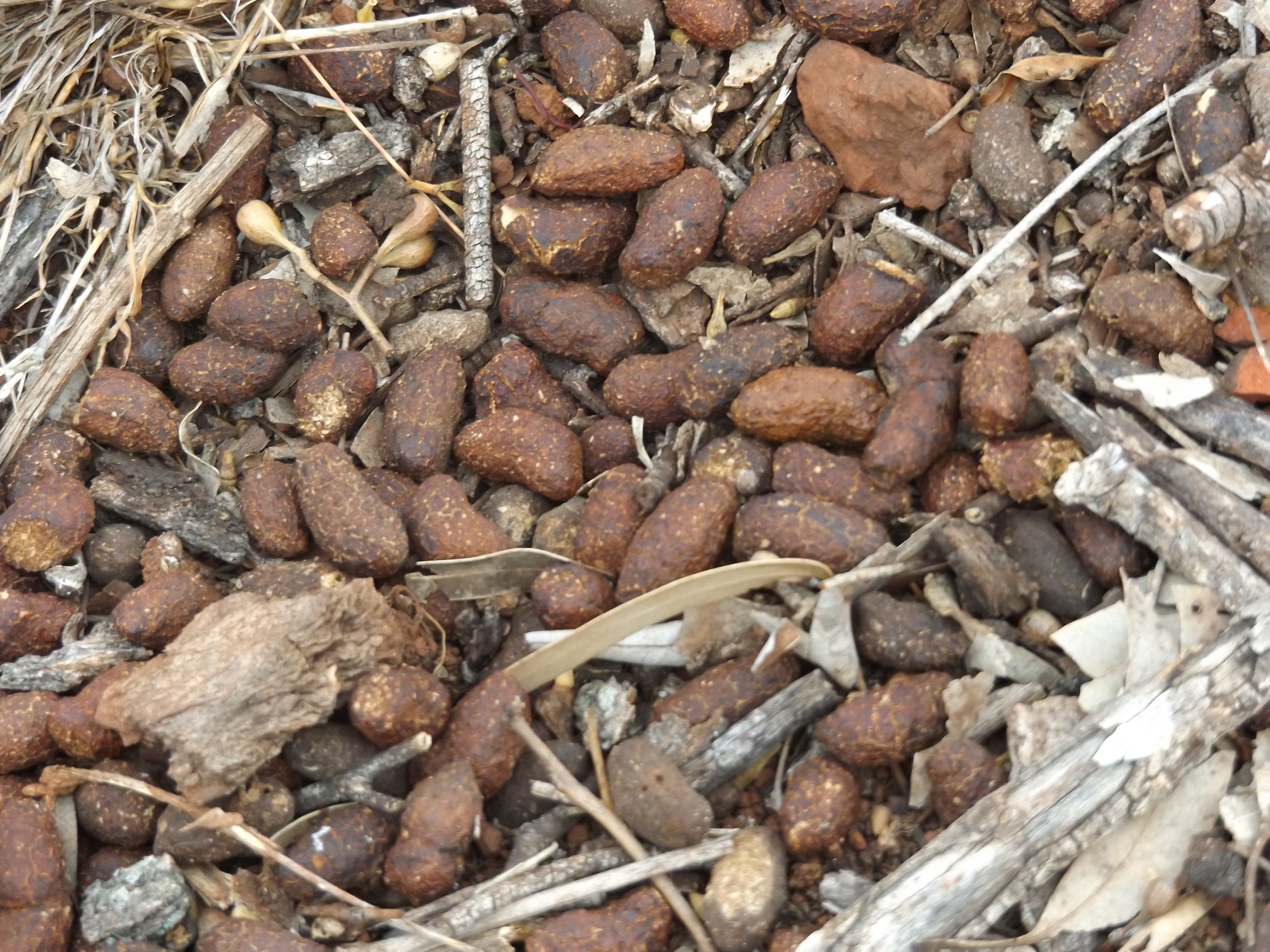
Since December 2021, LUCI has combined random koala scat walks on a number of LUCI members’ properties with undertaking koala habitat quality surveys and modified Spot Assessment Technique (SAT) surveys as described in the Queensland Government’s/QTFN’s Koala Habitat Restoration Partnership Program Assessment Manual (links below). LUCI is assisted in this fieldwork by students from UQ Gatton campus’ Wildlife Science program and members of iROOS from UQ St Lucia campus. Participating landholders are provided with a summary of the fieldwork and findings relating to their property.
Friends of Dwyers Scrub project
LUCI has entered into a Collaborative Agreement with Queensland Parks and Wildlife Service to undertake weed mapping and management activities in Dwyers Scrub Conservation Park. The work is carried out by LUCI members who register as volunteers and receive induction and training in the tasks. The project commenced in October 2015 and, to date, the priority has been the control of an infestation of Cat’s Claw vine (Dolichandra unguis-cati) in the Semi-evergreen vine thicket (SEVT RE12.8.21) section of the park. This SEVT ecosystem is listed as Endangered in Queensland and, according to the Dwyers Scrub management plan, SEVT once covered up to 20 percent of the Lockyer Valley. Now, SEVT is protected in two areas only in the Lockyer Valley, Dwyers Scrub and Flagstone Creek Conservation Parks.
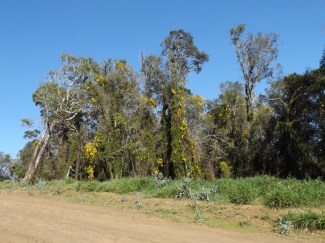
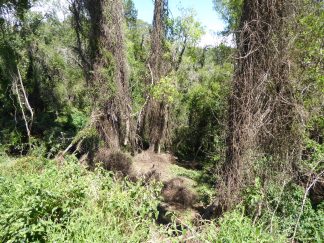
According to the Park management plan, the SEVT areas make up about 40ha of the 259ha in the Park and contain around two-thirds of all the native plant species recorded in the Park including threatened vine and orchid species. SEVT also provides habitat for a range of bird and animal species, some listed as endangered.
Native Grasses and Grassy Habitats of the Lockyer Valley
Native grasses and grassy habitats provide food, shelter and nest sites for a range of native birds and animals some of which are listed as threatened. Commencing in April 2020, this project seeks to improve awareness of the value of native grasslands and encourage landholders to conserve/restore patches of native grassland and grassy habitats on their property. The project is supported by the Lockyer Valley Regional Council Community Environment Grants program.
The project involves two workshops conducted by Dr Darren fielder (Red Leaf Environmental). In September 2020, the first workshop introduced participants to the botanical elements and identification of native grass species, their ecological function and assessment of condition of grasslands. In the second workshop in May 2021, Dr Fielder assisted participants to identify their collections of native grasses.
Over the course of the project, a total of sixty one grass species were collected, photographed and pressed to form a LUCI native grass herbarium. A field ID booklet was developed presenting 24 of the most commonly occurring native grasses in the Lockyer Uplands. A PDF file copy of the booklet is available for $15 by contacting info@lockyeruplandscatchmentsinc.org.au
Conservation of Semi-evergreen vine thicket (SEVT): habitat of the threatened Black-breasted Button-quail
Semi-evergreen vine thicket (SEVT RE12.8.21), listed as Endangered in Queensland, provides habitat for the Black-breasted Button-quail, which is listed as Vulnerable in Queensland and Endangered in New South Wales. LUCI’s landscape of interest contains patches of this SEVT on Dwyers Scrub Conservation Park and on private properties in the local landscape.
In 2016, LUCI received a grant from Healthy Land and Water through the National Landcare program to protect over 50 hectares of SEVT on three private properties. Two of the properties, which adjoin Dwyers Scrub Conservation Park, received installation of more than two kilometers of fencing to protect SEVT areas. The fencing aims to reduce the impacts of grazing on remnant vegetation.
On the third property, the project included a three phase release of a bio-control measure (leaf mining jewel beetle Hylaeogena jureceki) to combat an invasion of Cat’s Claw vine (Dolichandra unguis-cati) in a tract of SEVT. Recent monitoring indicated the presence of the jewel beetle persists in the release area and the plan is to monitor the extent of its dispersal and its impact on the Cat’s Claw infestation.
Special Interest Walks
LUCI holds four early morning walks a year on members’ properties or local protected areas. Summer, Autumn, Winter and Spring walks are themed and led by topic experts, for example, experts lead bird walks, native flora walks and dry rainforest walks. The purpose of these walks is so that participants can learn about local native flora assemblages and ecosystems and native wildlife habitats, acquire flora identification tips and discuss habitat management practices. Shared morning teas at the end are a perfect way to discuss what we have seen and generally catch up with like-minded others.
National Threatened Species Day 7th September: What can I do?
LUCI likes to mark this day with an event to raise awareness of threatened species in the Lockyer. Whether an information stall, newspaper article, workshop or field trip, we are open to ideas and collaboration with other groups.
Meanwhile…we can be doing something now…learn about the significant native flora and fauna that we do have in our region, understand the habitat needs of threatened fauna and, importantly, care for a patch of native habitat wherever you can…every bit of native vegetation becomes a stepping stone in creating a patchwork of habitats which can connect to form a corridor for native animal movement. Better still…join LUCI and work with us on connecting landholders and the landscape!
